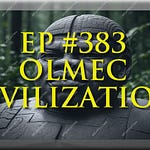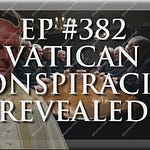The term "Grassy Knoll" refers to a small hill in Dealey Plaza, Dallas, Texas. It has become synonymous with one of the most significant conspiracy theories in modern history - the assassination of President John F. Kennedy on November 22nd, 1963. The Grassy Knoll is located on the north side of Elm Street and is believed by many to be a vantage point from which an additional shooter may have fired at the president's motorcade.
The assassination of President Kennedy has been surrounded by numerous conspiracy theories since its occurrence, with the most widely known being that Lee Harvey Oswald acted alone in firing three shots at the president and his accompanying party. However, this "lone gunman" theory has faced considerable skepticism due to various factors, including inconsistencies in the official investigation findings and the presence of additional evidence pointing towards a possible conspiracy.
Part 2: The Grassy Knoll as a Focal Point for Conspiracy Theories
The grassy knoll's significance in Kennedy assassination theories stems from several pieces of anecdotal evidence, witness testimonies, and the lack of conclusive findings by official investigations. Some key aspects that have fueled conspiracy theories surrounding the Grassy Knoll include:
1. Witness Testimonies: Over forty witnesses on or around the grassy knoll reported hearing shots from their left (the direction of the Grassy Knoll) and seeing smoke drifting out from under the trees lining the knoll. However, many of these testimonies were dismissed by the Warren Commission, which concluded that Lee Harvey Oswald acted alone in assassinating President Kennedy.
2. Acoustic Evidence: Researchers have analyzed acoustics recorded during the event and claim to have detected two gunshots coming from the direction of the Grassy Knoll, not just the three shots attributed to Oswald's rifle. This evidence has been debated over the years but remains a significant aspect of conspiracy theories surrounding the grassy knoll.
3. Physical Evidence: The presence of bullet fragments and shell casings found on the grassy knoll led some researchers to believe that an additional shooter was positioned there during the assassination. However, these findings have also been contested by official investigations and mainstream historians who argue that they can be explained as debris from Oswald's shots or other sources unrelated to the assassination.
4. Cover-up Allegations: Conspiracy theorists believe that the US government has engaged in a massive cover-up to hide evidence of a second gunman on the grassy knoll, further fueling skepticism about the official narrative and lending credence to alternative theories.
In conclusion, the Grassy Knoll has become an emblematic site for conspiracy theories surrounding the assassination of President John F. Kennedy. The combination of witness testimonies, acoustic evidence, physical findings, and allegations of a cover-up have all contributed to shaping the grassy knoll as a central figure in alternative narratives about the event.













Share this post